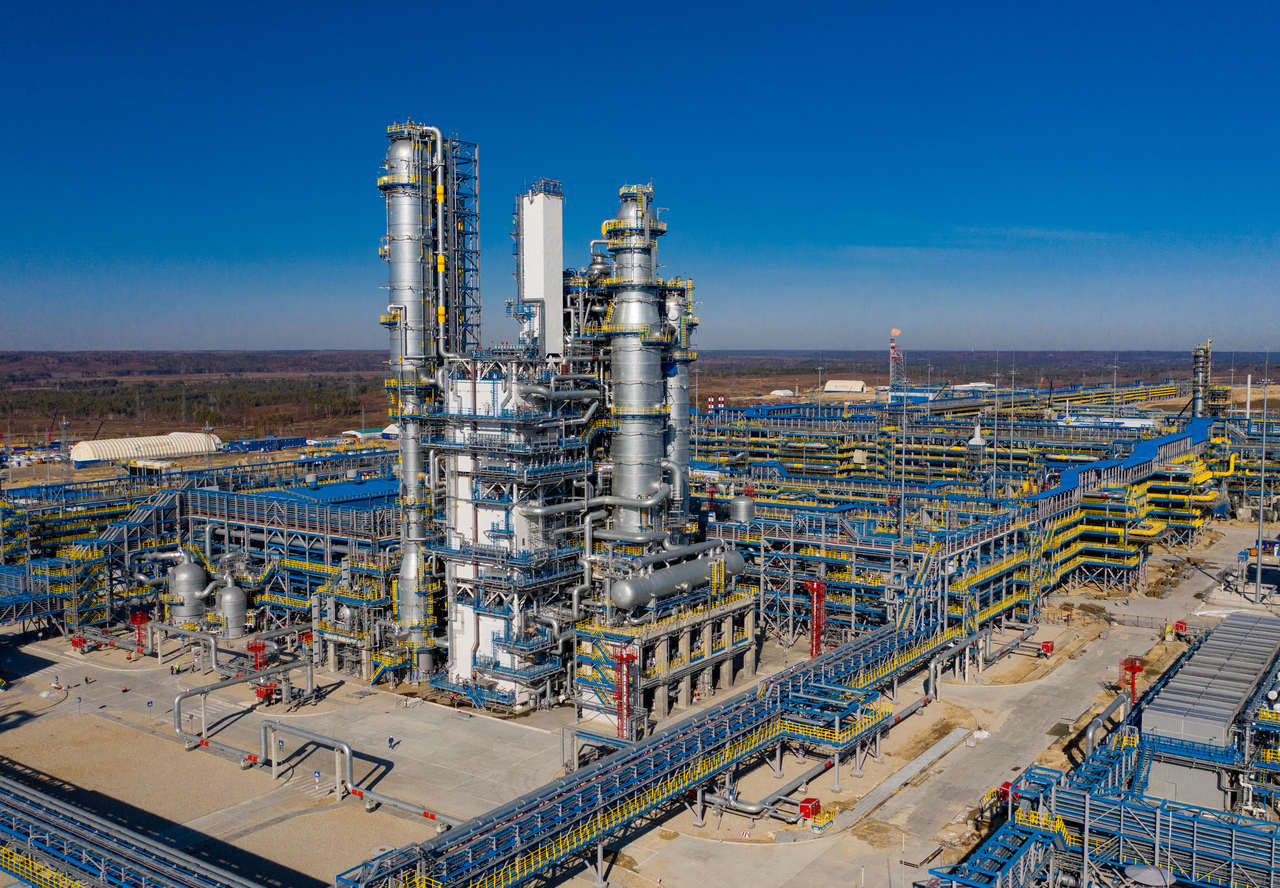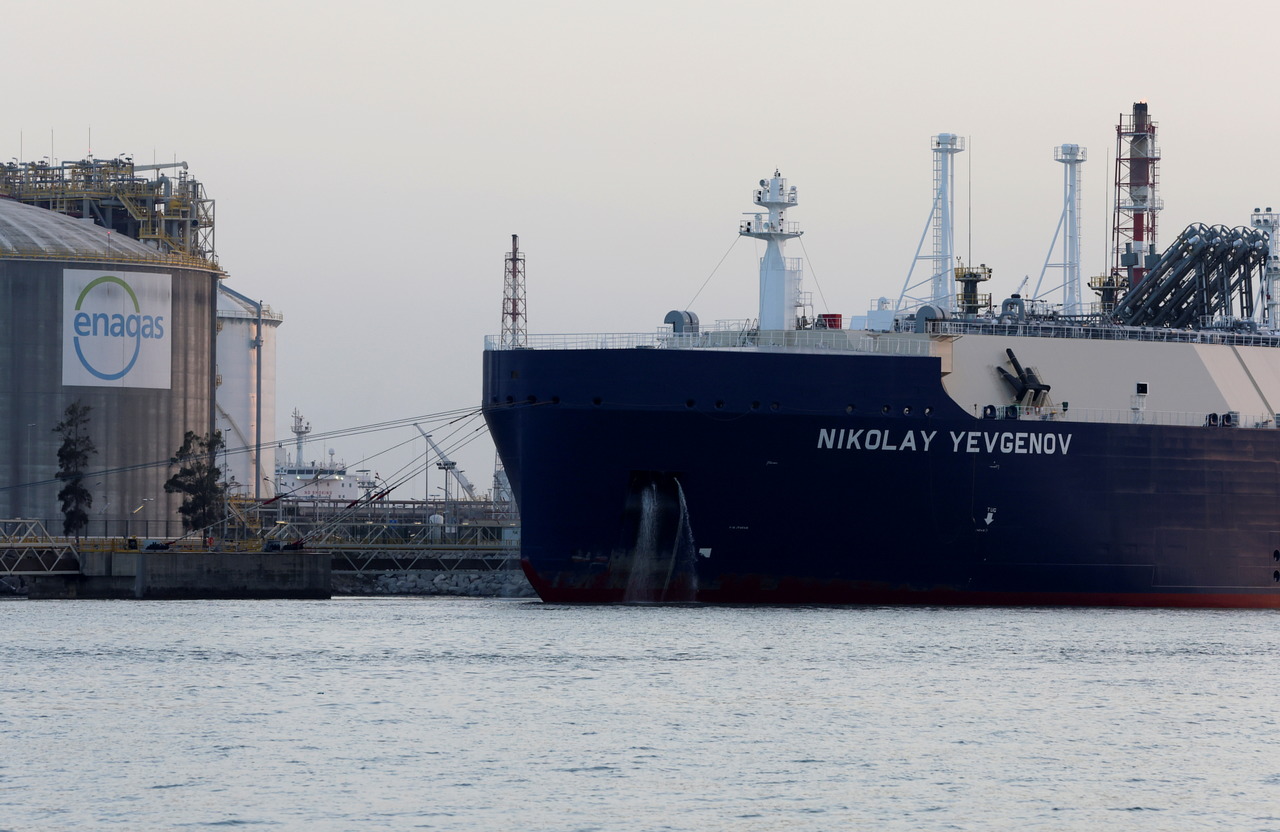Business and Consumer Protection Must Evolve after Europe's Energy Crisis
The energy crisis has hit businesses and consumers in the EU hard. Member States took remedial action and the European Commission implemented solutions at the Community level. The EU managed to avoid economic collapse and maintain the stability needed to support Ukraine and to face Russia. Further countermeasures will need to be taken this summer to avoid another energy crisis in the winter of 2023-2024.
.jpg) Tomislav Miletic / PIXSELL / Forum
Tomislav Miletic / PIXSELL / Forum
Since 2021, the EU has been facing price volatility in the energy market, hitting consumers and businesses alike. At first, these were due to the actions of Gazprom, which had already been restricting gas supply to the EU before the invasion of Ukraine. The situation worsened after the outbreak of the full-scale invasion due to the sharp reactions of the energy commodity markets, increasing prices (primarily for gas, but also for oil and coal) and the rapid withdrawal of the EU countries from purchases of Russian energy resources. An additional complication has been the post-pandemic rebound in the economy stimulating total energy demand. The scale of the phenomenon is best illustrated by the price of gas, which is key to stabilising the energy supply. At its peak in August 2022, gas was several times more expensive than in January 2021, according to the Dutch TTF benchmark rising from around €20/MWh to more than €200/MWh.
National Responses
The first, short-term solutions were introduced by Member State governments. Their aim was to guarantee energy security, understood as covering the current fuels and energy needs of consumers. Measures included diversifying supply, investing in new generation and transmission infrastructure, increasing the use of coal, and/or postponing the closure of nuclear power plants. The authorities placed less emphasis on the fiscal impact of their decisions and environmental issues.
Most Member States introduced their own measures to mitigate the impact of the crisis on vulnerable consumers (both households and businesses). Poland, Spain, Germany, and others decided to temporarily reduce VAT rates on raw materials or energy. Direct cash transfers and subsidies were used in France, Denmark, Poland and other states. In a number of countries, support mechanisms targeted selected industries (e.g., the automotive sector in Italy), companies (e.g., the nationalisation of Uniper in Germany), or regions (e.g., subsidies for residents and companies in the southern part of Sweden). Several countries decided to reduce fuel excise duties (e.g., Belgium) or offered discounts on public transport (e.g., Germany). Energy companies came under pressure to limit energy price increases (e.g., EDF in France) or, by paying additional taxes, to contribute to the state’s anti-crisis budget (e.g., in Spain). According to the Bruegel think tank, €646 billion has so far been allocated to national consumer protection in the EU against rising energy prices since September 2021 (of which as much as €265 billion has been allocated by the German government alone for its nationals).
EU Response
Although the European Commission (EC) has limited powers to interfere in the energy choices of Member States, the actions it has taken have allowed for better coordination and more European solidarity. Most EU initiatives focused on ensuring the availability of gas to consumers. The REPowerEU plan of May 2022, focusing on moving away from Russian energy resources, allowed, for example, for the implementation of fiscal measures and the reallocation of funds from the auctioning of CO2 emissions allowances to support the diversification of gas supplies. The EC also proposed a minimum filling level of gas storage facilities (implemented), an obligation to reduce gas consumption by 15% (EU countries only approved voluntary reductions), as well as the creation of a gas joint-purchasing platform (in place since April 2023) and a cap on gas prices. At the same time, in October 2021, the EC allowed for increased state intervention (it created a catalogue of admissible mechanisms, e.g., redistribution of excess profits of energy companies), while overseeing the implementation of market assumptions and EU decarbonisation plans.
Consequences of the Crisis Countermeasures
The rise in energy prices has been the main driver of the historic high inflation in the EU over the past two years, even though its magnitude has been limited by government intervention. According to Eurostat data, year-on-year inflation has exceeded 10% across the EU for many months. In the most affected countries (especially in the east of the EU, such as Poland, Czechia, Hungary, and the Baltic States, but also the Netherlands), inflation reached as high as 20-25%, year on year. Producer inflation in industry (PPI) also remained very high, exceeding 50% year on year in extreme cases (e.g., in Romania in July and August 2022). As a result, costs for businesses increased and their competitiveness declined. However, Eurostat data shows only an increase in business bankruptcies of a few percent in the winter quarters (Q4 2022 and Q1 2023) across the EU compared to the same quarters in pre-crisis years. In some countries (e.g., Poland, Belgium, Romania, and Slovenia), the number of insolvencies was even slightly lower than in 2019-2020, before the outbreak of the COVID-19 pandemic in Europe. Qualitative data points to a halt or relocation of production in energy-intensive sectors (e.g., chemicals, metals, cement, paper production); however, this has not translated into an increase in unemployment in the EU, which stood at 6% in March 2023 (a historic low) and remains low in Poland as well. The increase in the cost of home heating and electricity prices has been felt acutely by households. Their energy expenses have increased by dozens of per cent, or by several hundred euros per year. However, this has not, for the time being, translated into political destabilisation in the EU, which was Russia’s aim.
Against the backdrop of the war in Ukraine and Europe’s dependence on Russian energy resources, the impact of the crisis has been far less severe than might have been expected. Remedial action has reduced the impact of rising energy costs on consumers and helped to stop the inflationary spiral (when it becomes self-perpetuating). The EU has managed to maintain the stability necessary to support Ukraine and stand up to Russia, which was the most important objective of the response to the crisis.
Conclusions and Recommendations
Although the effects of the crisis remain severe for businesses and households, economic collapse and violent political consequences have so far been avoided. Given the complexity of the situation (Russia’s aggressive actions, the specificities of the European gas market, the consequences of the COVID-19 pandemic), all of the challenges could not be expected to be fully overcome. Importantly, the end-user energy price in the EU has risen less than it would have without intervention and inflation is slowing down.
With the uncertainty of the war in Ukraine and the unpredictability of next winter’s weather, the ad hoc anti-crisis measures taken so far should be replaced by a coordinated energy policy at the EU level that considers the related economic, social, and environmental issues. Policy should be geared towards a systemic solution to energy poverty and support for vulnerable consumers. Both supply and demand must be factored in.
An uninterrupted supply of gas (sourced from European gas fields or imports and secured by efficient storage management) and electricity (from clean sources, especially renewables and nuclear power plants) at low prices remains key. If the coming winter is especially cold, meeting the increasing demand might be a challenge. It will be necessary in the future to implement cost-effective solutions for home heating (e.g., smart heat meters, thermal modernisation, heat pumps). This means an acceleration of measures planned as part of the energy transition, being implemented also by Poland. Given the short time horizon, it may be necessary to secure state support for consumers for financing of the relevant investments.
Coherent policy, addressing both supply and demand, can exceptionally be supplemented by ad hoc protective measures for vulnerable consumers. If such measures are taken on an economy-wide level, however, they will be less burdensome for public finances than the solutions applied last year.






